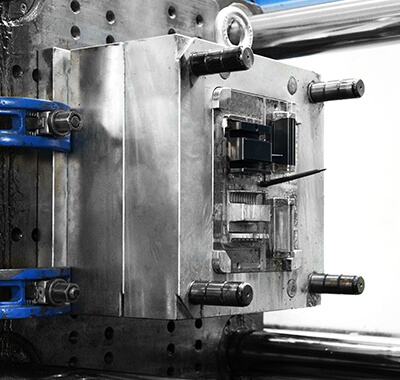Introduction
In the dynamic landscape of modern manufacturing, molding die design stands as a linchpin, influencing the efficiency and precision of production processes. Traditional methods, while once the standard, are now facing disruption with the rise of additive manufacturing technologies. This article delves into how additive manufacturing reshapes molding die design and production boundaries.

Traditional Challenges in Molding Die Design
Molding die design has long grappled with inherent constraints, impeding its ability to meet evolving industry demands. Users seeking optimal solutions frequently encounter challenges associated with traditional molding die design and manufacturing processes.
The Rise of Additive Manufacturing in Molding Die Design
The advent of additive manufacturing technologies, commonly known as 3D printing, has introduced a paradigm shift in molding die design. Additive manufacturing offers unparalleled advantages, including creating complex geometries and intricate designs deemed impractical with traditional methods.
This newfound design freedom empowers engineers and designers to push the boundaries of what is achievable in molding die design.
Addressing User Concerns
As users explore additive manufacturing in molding die design, common concerns emerge. The perceived cost implications are often questioned, but a comprehensive analysis reveals the long-term benefits and cost efficiencies of additive manufacturing.
Quality and durability concerns are addressed through advancements in materials science and rigorous testing protocols. Additive manufacturing accelerates prototyping and iterative design cycles, reducing time-to-market and allowing for more efficient product development.
Case Studies
Redefining Possibilities: A Case of Complex Geometries
A mold design company at the forefront of adopting additive manufacturing successfully crafted molds that pushed traditional design constraints. Engineers translated complex digital designs into physical molds with unprecedented precision, showcasing the adaptability of additive manufacturing.
Rapid Prototyping Revolution: A Time-Efficient Approach
In the realm of mold design and manufacturing, time is critical. Additive manufacturing streamlines prototyping processes, enabling swift iterations and adjustments. This accelerated prototyping reduces time-to-market and allows for more thorough testing and refinement.
Best Practices for Leveraging Additive Manufacturing
Collaborative Design Approaches
Collaboration between design engineers, material scientists, and additive manufacturing experts is crucial for success. A multidisciplinary approach ensures the unique capabilities of additive manufacturing are fully harnessed.
Integration with Digital Twins and Simulation
The marriage of additive manufacturing with digital twins and simulation technologies offers a comprehensive understanding of mold performance. This integration allows for predictive analysis, minimizing the need for extensive physical testing and reducing development costs.
Sustainable Practices and Material Selection
Additive manufacturing opens avenues for sustainable practices in molding die design. Optimizing material usage, reducing waste, and choosing eco-friendly materials align with environmentally conscious manufacturing processes.
Future Trends and Innovations
Anticipated Developments in Additive Manufacturing Technologies
Anticipated developments include multi-material printing, supporting the simultaneous use of multiple materials in a single print, and in-situ monitoring and control for real-time precision and quality control during the additive manufacturing process.
Industry 4.0 and Smart Manufacturing in Molding Die Design
Integrating additive manufacturing into Industry 4.0 signifies a transformative shift toward intelligent manufacturing. Data-driven design optimization and remote monitoring and maintenance enhance the efficiency of molding die design and production.
Conclusion
Integrating additive manufacturing into molding die design and production signifies a new era of possibilities. From addressing complex geometries to revolutionizing prototyping and embracing sustainable practices, additive manufacturing is a catalyst for positive change in the industry.
As users navigate molding and die design services, considering the transformative potential of additive manufacturing is imperative. It offers unprecedented design freedom, cost efficiencies, and sustainability, making it a crucial element in shaping the future of molding die design and production.
